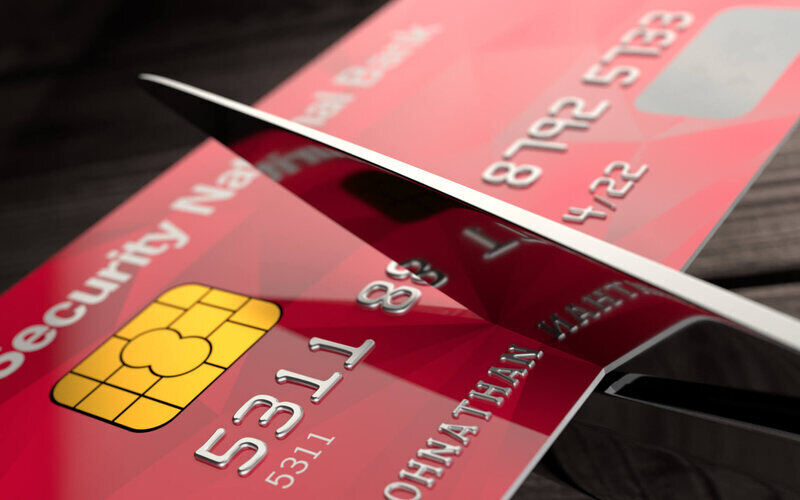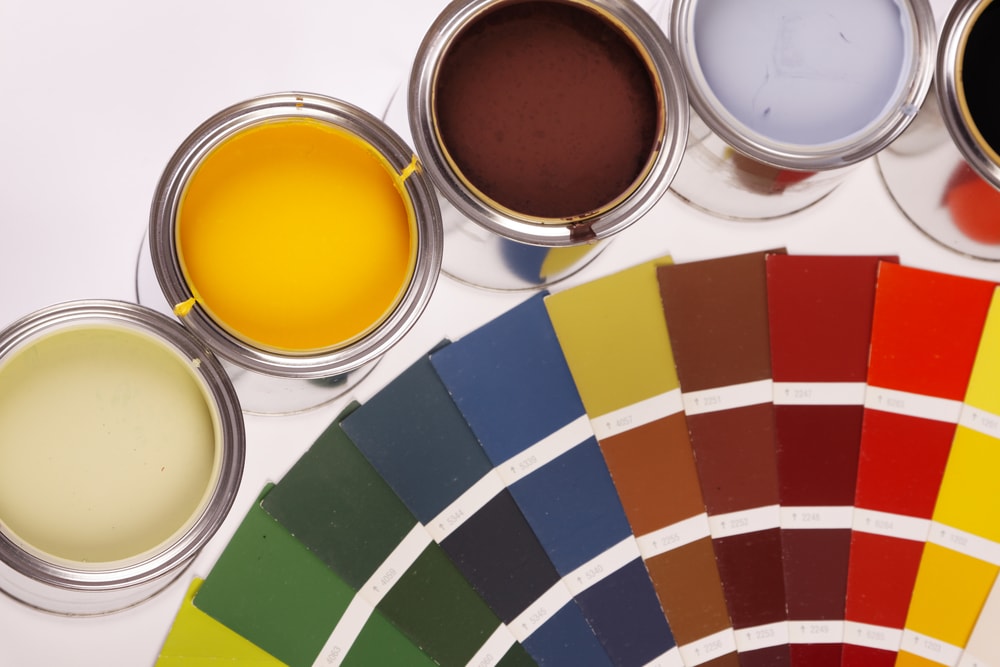Credit cards can be handy tools—providing convenience, handy rewards, and even flexible cash flow when used wisely. But in today’s fast-paced world, it’s surprisingly easy to slip from smart spending into harmful credit card addiction. If your credit cards feel more like a ball and chain than a tool for freedom, you’re not alone. Many people, especially in TIER-1 countries, struggle to recognize the line between responsible credit card use and unhealthy dependence.
Spotting the warning signs early gives you the power to break free. In this article, we’ll help you identify five red flags that signal credit card addiction and offer actionable tips to help you break the debt cycle for good.
What Is Credit Card Addiction?
Credit card addiction goes beyond simply having multiple cards or making occasional big purchases. It’s a behavioral pattern where you rely on credit cards for day-to-day expenses, struggle to pay off balances, and feel anxiety or guilt about your spending habits. While credit cards are a part of modern life, using them unchecked can have major consequences on your financial health and mental well-being.
1. You’re Carrying a Balance—And It Keeps Growing
Many people occasionally carry a balance, but if your total credit card debt is steadily increasing (despite making minimum payments or more), that’s a sign you may be caught in a debt spiral. Relying on plastic to cover shortfalls, emergencies, or even daily needs can quietly snowball your balances due to high interest rates. Over 40% of Americans admit to carrying a balance month over month—a habit that racks up unnecessary interest payments and erodes your financial stability.
Key indicator: If your total credit card debt rises every month, it’s time to take stock of your spending behaviors.
2. You Can’t Keep Track of Your Cards
Ever forgotten how many credit cards you have, or even lost track of which ones are maxed out? Opening new accounts for low promotional rates, points, or store perks can be a slippery slope into credit chaos. When you have to juggle payments, bills, statements—and feel overwhelmed keeping it all straight—this is no longer disciplined credit management. It’s a recipe for missed payments and late fees.
Ask yourself: Do you often use one card to pay off another, or find it hard to remember due dates? If yes, this may be a warning sign of addiction.
3. You Make Purchases You Can’t Afford—Just Because You “Have Credit”
Impulse spending becomes easier—and riskier—when “charge it now, pay later” is your norm. Addicted card users often rationalize unnecessary shopping by focusing on available credit limits rather than their actual bank balance or budget. This habit can lead to a cycle where your standard of living is built on borrowed money.
Red flag: If your credit card lets you support a lifestyle that your income alone couldn’t sustain, it’s time to reassess.
4. Paying Off the Minimum Feels Good Enough
Minimum payments feel manageable, but they’re a dangerous trap. Paying only the minimum each month can make debt linger for years and cost thousands in interest. For those addicted to credit cards, the relief of “just covering the bills” often outweighs the anxiety of the mounting balance.
Reality check: If you routinely pay just the minimum and tell yourself it’s enough, recognize this pattern for what it is: a sign of dependency.
5. You Hide Spending or Feel Ashamed About It
One of the clearest signals of addiction is secrecy or guilt. If you hide purchases from family, feel embarrassed looking at statements, or even avoid opening your bills, your emotional response is telling you there’s a deeper problem. Healthy financial habits should feel open and empowering—not shameful or secretive.
Reflection: Honest conversations about money (with yourself or a trusted partner) can bring these hidden behaviors into the light.
Why Credit Card Addiction Happens
The reasons are deeply human: stress, life emergencies, the desire to keep up with peers, or the temptation of instant gratification. In TIER-1 countries, a culture of “buy now, pay later” is everywhere, making it easy to normalize credit overuse.
The Real-Life Consequences of Credit Card Addiction
Chronic credit card debt doesn’t just impact your bank account. It can stress relationships, lower your credit score, and even affect your ability to buy a home, get a loan, or find a job. Over time, the emotional toll—anxiety, stress, and guilt—can wear you down. Taking action early puts you back in control.
How to Break the Cycle: 5 Actionable Steps
1. Face Your Numbers
Start by listing all of your credit cards, outstanding balances, interest rates, and minimum payments. Awareness is half the battle.
2. Create a Realistic Budget
Track your monthly income and expenses. Identify how much you can realistically allocate towards your credit card payments—above and beyond the minimum, if possible. Automated budgeting tools and finance apps can make this process painless.
3. Cut Back on Card Usage
Put your credit cards away—in a drawer, safe, or even cut them up if needed. Use cash or debit for everyday purchases. Psychologically, spending physical cash makes you more aware of your habits.
4. Consider a Debt Repayment Strategy
Popular strategies for paying down credit card debt include the “snowball method” (pay off the smallest balances first) or the “avalanche method” (pay off the highest interest balances first). Either approach gives you momentum and control.
5. Seek Support and Professional Guidance
Don’t be afraid to reach out to a financial advisor or a reputable credit counseling service if you feel overwhelmed. Sometimes, an outside perspective and a structured plan can make all the difference.
Frequently Asked Questions About Credit Card Addiction
What’s the difference between credit card use and addiction?
Healthy use means sticking to a budget, paying balances in full, and viewing credit as a tool—not a crutch. Addiction means relying on credit for everyday survival, hiding spending, or losing track of your cards and balances.
Can credit card addiction affect my credit score?
Absolutely. High balances and missed payments will negatively impact your score, making future borrowing more expensive or impossible.
Is consolidation a good solution?
It can be—if you use it as part of a broader plan to address the behaviors underlying the addiction.
Conclusion: Take Back Your Financial Freedom
Credit card addiction can happen to anyone. By recognizing the signs early and taking small, consistent steps, you can regain control over your financial destiny. Remember, the goal isn’t to eliminate credit cards altogether—it’s to ensure they support your life, not control it.
Call to Action
Ready to reclaim your peace of mind and financial health? Start by assessing your current habits, set clear goals, and lean into the strategies outlined above. Your journey to freedom from credit card addiction starts today. Commit to change—your future self will thank you!






